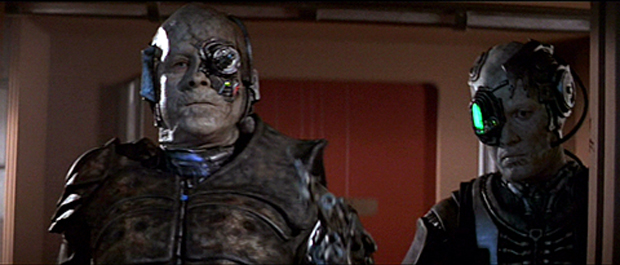 Have you ever wanted a computer that you could fit on the tip of an ink pen? …really? Weird. Anyways, your day has come! Researchers at the University of Michigan (ED NOTE: As a MSU alum, I’m obligated to state my hatred for the U of M) have developed the world’s smallest computer that measures in at one cubic millimeter.
Have you ever wanted a computer that you could fit on the tip of an ink pen? …really? Weird. Anyways, your day has come! Researchers at the University of Michigan (ED NOTE: As a MSU alum, I’m obligated to state my hatred for the U of M) have developed the world’s smallest computer that measures in at one cubic millimeter.
ONE!
The computer, named “Phoenix” for god only knows why, was designed to monitor the eye pressure of glaucoma patients and is a true marvel. The machine consists of an ultra low-powered processor, enough memory to store a week’s worth of data and a radio antenna that can transmit the data from the microprocessor to an external device.
While the initial chip was designed for glaucoma patients, University of Michigan Professor and 2002 State Farm Intermural Arm Wrestling Champion* Dennis Sylvester foresees many more uses for these kinds of microcomputers in the future:
Our work is unique in the sense that we’re thinking about complete systems in which all the components are low-power and fit on the chip. We can collect data, store it and transmit it. The applications for systems of this size are endless.
UofM professor Dave Blaauw says the next big challenge, naturally, is to make these machines even smaller:
The next big challenge is to achieve millimeter-scale systems, which have a host of new applications for monitoring our bodies, our environment and our buildings. Because they’re so small, you could manufacture hundreds of thousands on one wafer. There could be 10s to 100s of them per person and it’s this per capita increase that fuels the semiconductor industry’s growth.
You know, I remember seeing something about people who had nanocomputers injected to their bodies. I wonder whatever happened with that:

…oh.
*Not really 2002 State Farm Intermural Arm Wrestling Champion
 Gearfuse Technology, Science, Culture & More
Gearfuse Technology, Science, Culture & More


